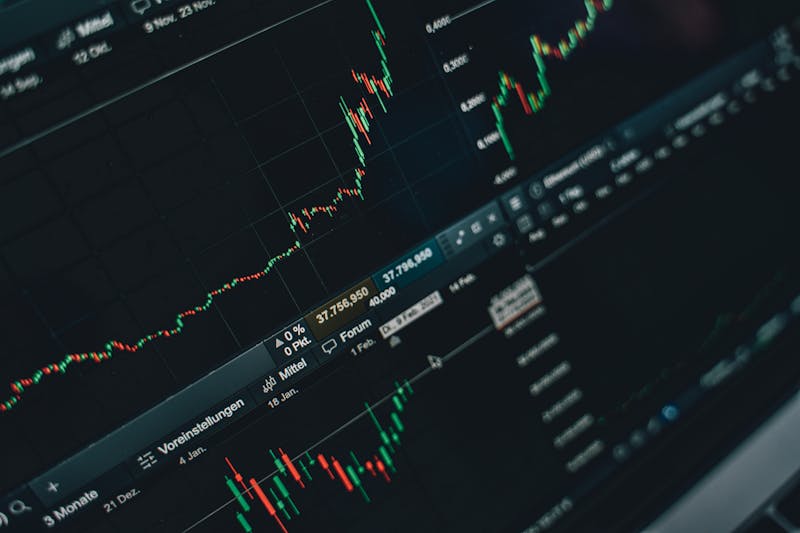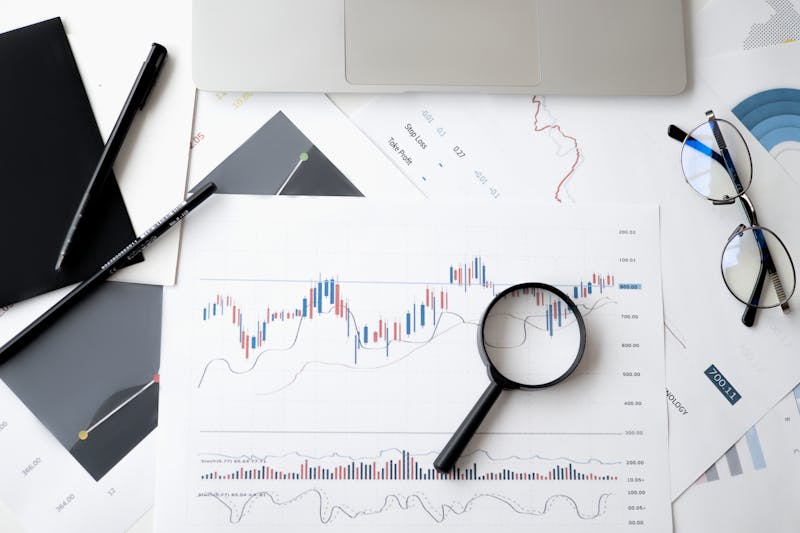Algorithmic Trading: Getting Started with Automated Strategies
Explore the world of algorithmic trading and learn how to develop your first automated trading strategy.

Algorithmic trading uses computer programs to execute trades based on predefined criteria, removing emotion from trading decisions and enabling strategies that would be impossible to implement manually. This guide introduces the fundamentals of algorithmic trading and provides a roadmap for developing your first automated strategy.
Advantages of Algorithmic Trading
- Emotion-Free Execution: Algorithms follow rules without fear, greed, or hesitation.
- Speed and Efficiency: Computers can analyze multiple markets and execute trades in milliseconds.
- Backtesting Capability: Strategies can be tested against historical data before risking real capital.
- Consistency: Algorithms apply the same criteria to every trading opportunity.
Types of Algorithmic Trading Strategies
1. Trend Following
These strategies identify and follow market trends, typically using indicators like moving averages, MACD, or ADX. They aim to capture the middle portion of market moves, avoiding the difficult task of picking exact tops and bottoms.
2. Mean Reversion
Based on the concept that prices tend to revert to their historical average over time, these strategies look for overbought or oversold conditions to enter counter-trend positions.
3. Statistical Arbitrage
These strategies identify pricing inefficiencies between related securities and execute trades to profit from the convergence of these prices.
4. Market Making
Market making algorithms provide liquidity by placing limit orders on both sides of the market, profiting from the bid-ask spread.
Building Your First Algorithm
1. Define Your Strategy Logic
Start with a clear, rule-based strategy that can be expressed algorithmically. For beginners, simple strategies often work best:
- Moving average crossovers
- RSI-based mean reversion
- Breakout strategies with confirmation
2. Choose Your Technology Stack
Popular programming languages and platforms for algorithmic trading include:
- Python: With libraries like Pandas, NumPy, and Scikit-learn for data analysis and machine learning
- R: Excellent for statistical analysis and visualization
- Trading Platforms: MetaTrader, NinjaTrader, or QuantConnect provide development environments with built-in backtesting capabilities
3. Obtain and Process Data
Quality data is essential for developing and testing algorithms. Sources include:
- Brokerage APIs
- Specialized data providers like Alpha Vantage or IEX Cloud
- Historical data packages from exchanges
4. Backtest Your Strategy
Backtesting involves running your algorithm against historical data to see how it would have performed. Key considerations include:
- Using sufficient historical data across different market conditions
- Accounting for transaction costs and slippage
- Avoiding overfitting by testing on out-of-sample data
- Analyzing risk metrics like maximum drawdown and Sharpe ratio
5. Paper Trading
Before risking real capital, test your algorithm in a simulated environment with real-time market data but virtual money.
6. Deployment and Monitoring
When deploying your algorithm:
- Start with small position sizes
- Implement robust risk management rules
- Set up monitoring systems to alert you to unexpected behavior
- Regularly review performance and make adjustments as needed
Common Pitfalls to Avoid
- Overfitting: Creating a strategy that works perfectly on historical data but fails in live trading
- Ignoring Transaction Costs: Small profits can quickly be eroded by fees and slippage
- Inadequate Risk Management: Failing to implement stop losses or position sizing rules
- Complexity Bias: Assuming more complex algorithms will perform better
Conclusion
Algorithmic trading offers powerful advantages for disciplined traders willing to invest time in development and testing. By starting with simple strategies, thoroughly testing them, and gradually scaling up, you can build a robust automated trading system that aligns with your investment goals and risk tolerance.
About Alex Rodriguez
Expert trader and financial analyst with over a decade of experience in the markets. Specializes in technical analysis and risk management strategies.


